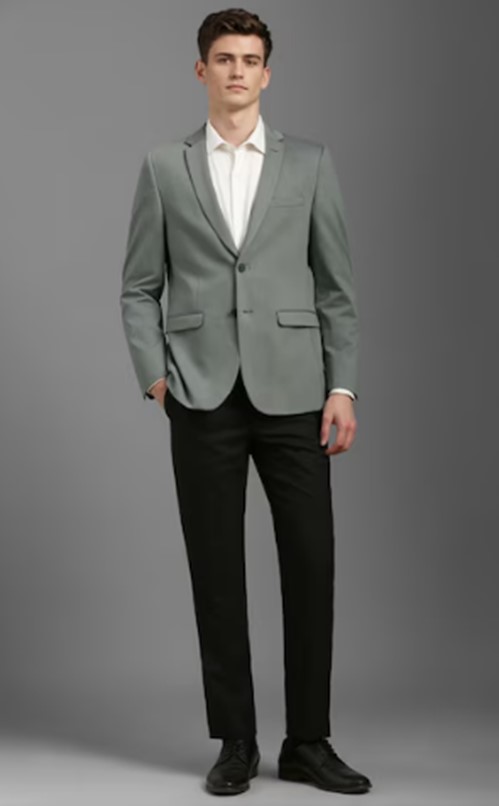AI fashion trends 2026: Data-driven style and innovation
August 25, 2025 | by deven.khatri@gmail.com
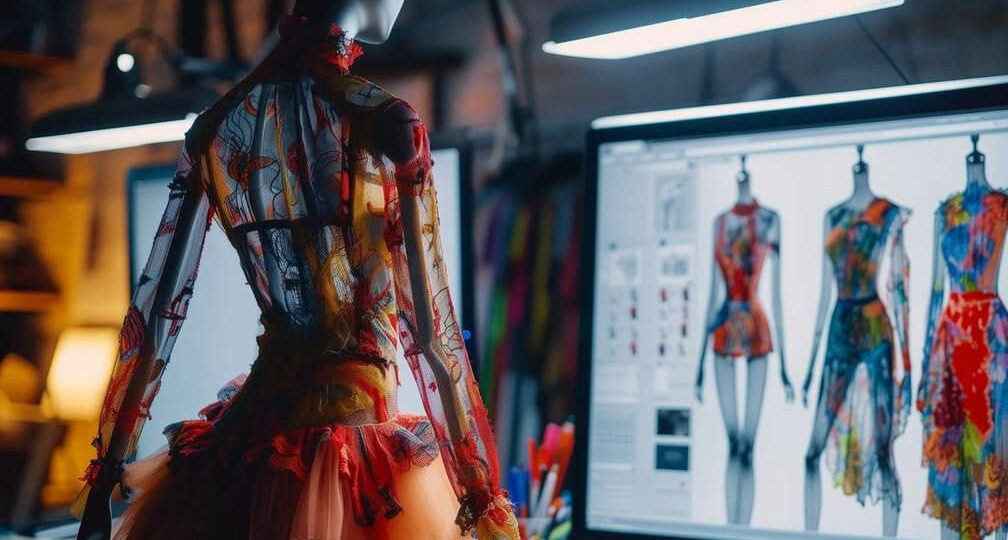
Top AI fashion trends to watch in 2025
Artificial intelligence is redefining, in particular, fashion trend forecasting, design, and fulfillment.
Here are the key trends shaping fashion this year:
AI-driven fashion trend forecasting
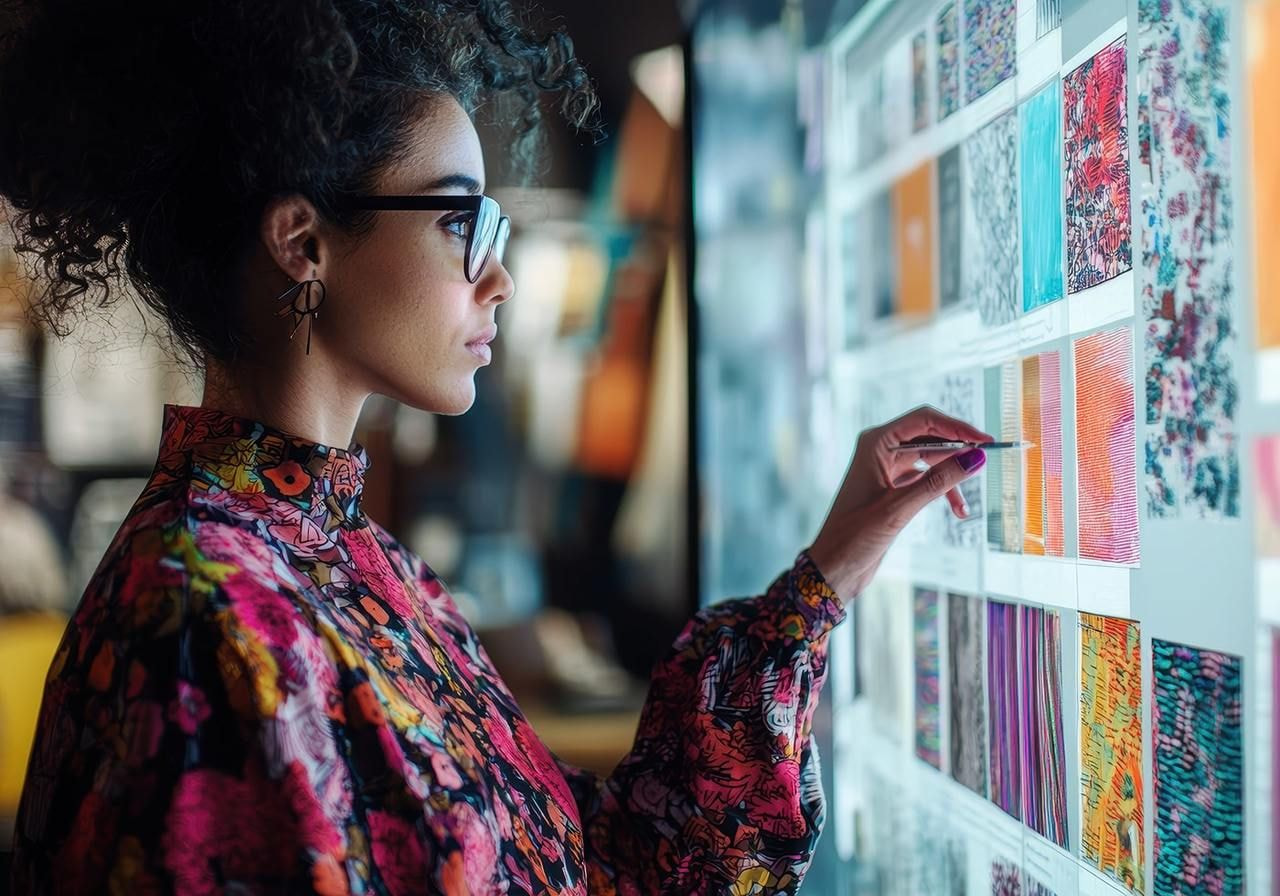
Fashion trend forecasting has always been at the heart of the fashion sector, but AI-driven systems now make it faster and more accurate. By scanning billions of social media posts, search queries, and customer reviews, AI algorithms can spot early signals of what’s about to trend – well before it goes mainstream.
Brands rely on analytics and historical data for accurate trend prediction, helping them track shifting consumer demands and refine inventory planning. With generative AI and machine learning, they can even analyze social media images to identify color palettes or silhouettes. This lets brands anticipate market demand more precisely and align production with real market dynamics.
Tools like Heuritech lead the way by using image recognition and AI to scan Instagram for style signals – a method trusted by fashion and sportswear brands like Adidas, New Balance, Dior, and Louis Vuitton.
Similarly, Edited delivers real-time market insights to help brands like Lacoste, Abercrombie & Fitch, and Puma react quickly to changing trends.
But it’s not just for global players. Small creators can tap into lightweight tools like Google Trends or ChatGPT to spot emerging styles in online conversations. And for B2B teams, platforms like Accio add another layer by allowing fashion businesses to ask complex data questions and instantly surface market trends and insights that guide smarter decisions.
AI-generated design and pattern creation
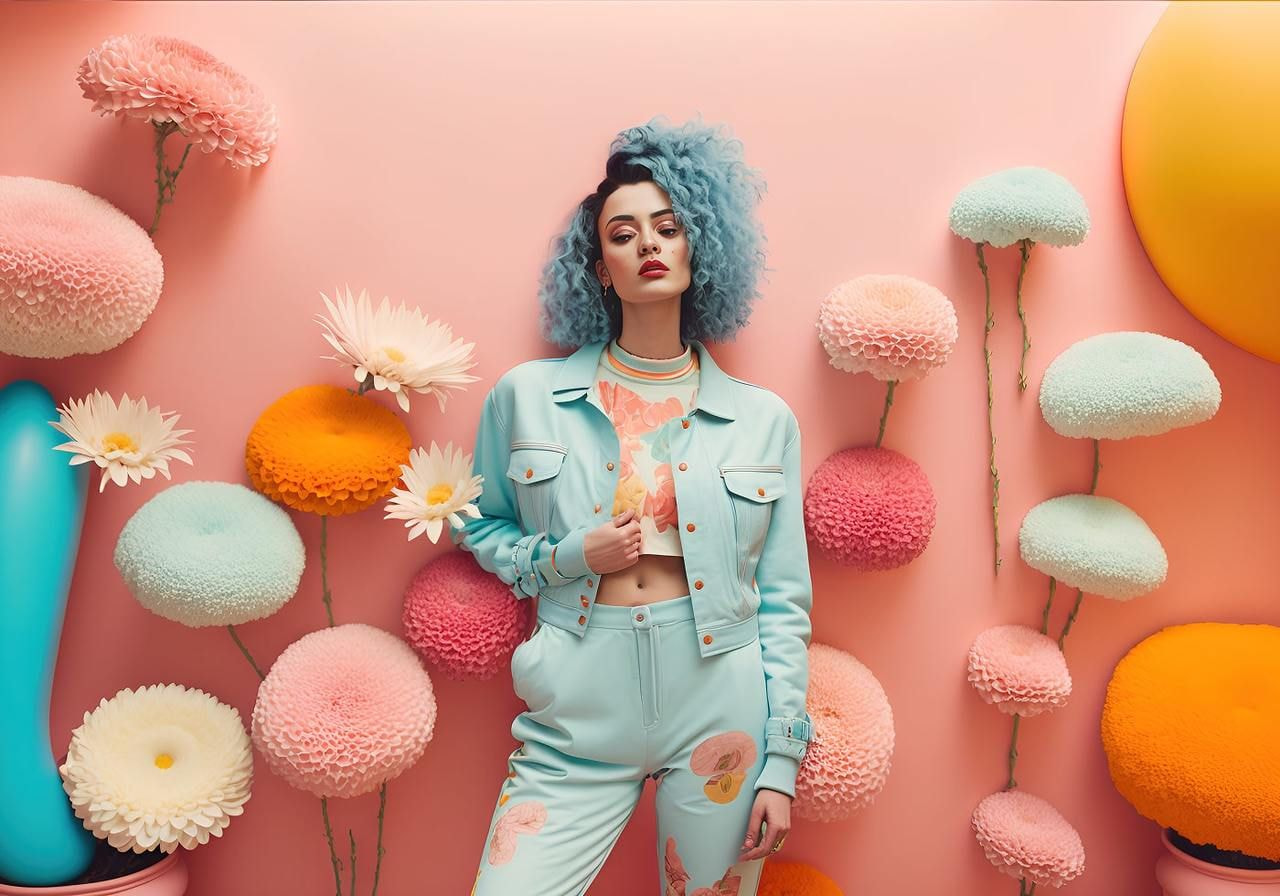
Fashion designers are quickly adopting AI-powered tools that generate prints, textures, and even entire collections. With generative AI models, design teams can create endless variations using trend data, historical, and customer data, giving fresh, actionable insights for every new season.
The use of AI in fashion also speeds up the design process. What once took weeks of sketching and sampling can now move from concept to production-ready patterns in days. The technology handles repetitive design tasks, while human creativity still shapes aesthetics and brand identity. This collaboration reduces costs, shortens production cycles, and opens new dimensions of creativity.
Platforms built specifically for fashion highlight this balance of creativity and automation:
-
Fashwell pioneered AI visual search and auto-tagging, now reaching millions via Apple integrations since 2018.
-
Stylitics helps retailers scale outfitting and bundling, improving product presentation.
-
Creati.ai (formerly ZMO.ai) generates on-model imagery from a single product photo, while tools like Pixyle.ai and ViSenze bring reliable visual recognition and tagging, simplifying catalog management.
-
Mercer (formerly CALA) serves as a fashion operating system, connecting creative direction, AI-assisted design, and supply chain execution in one place.
These tools show that AI isn’t replacing designers – it’s amplifying them. The true competitive edge comes from pairing human creativity with AI algorithms that manage trends at scale, enabling designers to iterate quickly from inspiration to production-ready mockups.
Tip: Interested in exploring monetization beyond design? Our guide on how to make money with AI covers additional creative business models.
Personalized fashion with machine learning
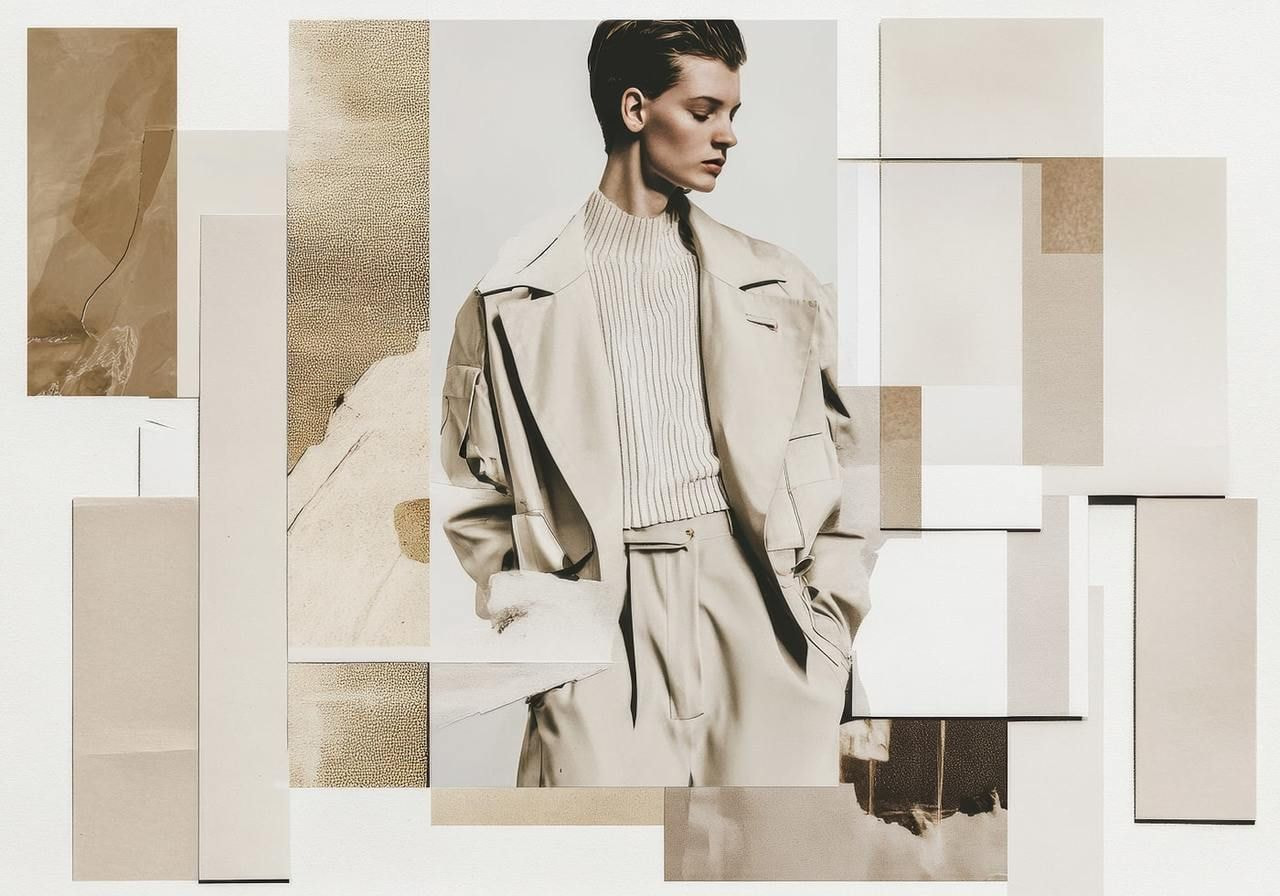
Shoppers today expect more than generic recommendations – they want personalized fashion experiences. That’s why many leading brands rely on AI stylists and recommendation engines. Platforms like StitchFix and Zalando use customer feedback, consumer preferences, and predictive analytics to suggest looks tailored to individual style preferences.
Behind the scenes, AI-driven systems analyze social media activity, purchasing patterns, and user behaviour. The result? Hyper-relevant suggestions that guide purchases and improve customer interaction through the shopping journey. For fashion marketers, this kind of demand forecasting helps match collections with the right target audience and boosts customer satisfaction.
Smaller sellers can leverage AI, too. Tools like Vue.ai build recommendation engines tailored for fashion eCommerce, while Shopify’s AI features help segment audiences based on buying behavior.
Market segmentation
Knowing exactly whose taste you’re designing for has never been more important. With AI-powered segmentation, fashion brands can now sift through huge amounts of data – by demographics, geography, or behavior – to uncover niche audiences and regional style variations that manual research would likely miss.
Tools like Bloomreach, known for eCommerce personalization and product recommendations, let brands fine-tune their messaging and adjust assortments for micro-segments of shoppers.
Similarly, Synerise pulls together transaction and behavioral data in real time, giving fashion teams the ability to automatically create micro-segments, design loyalty programs, and optimize product segmentation without guesswork.
For brands, incorporating AI for segmentation means messaging feels personal, drops land in the right communities, and seasonal lines resonate across diverse customer profiles – not just globally, but hyper-locally. It’s about delivering the right look to the right shopper at the right moment.
And this approach isn’t limited to large companies. Smaller creators can tap into accessible tools like Shopify Audiences or Google Analytics 4 with AI insights to automatically segment customers and reveal which groups are most engaged.
Digital try-ons and virtual showrooms
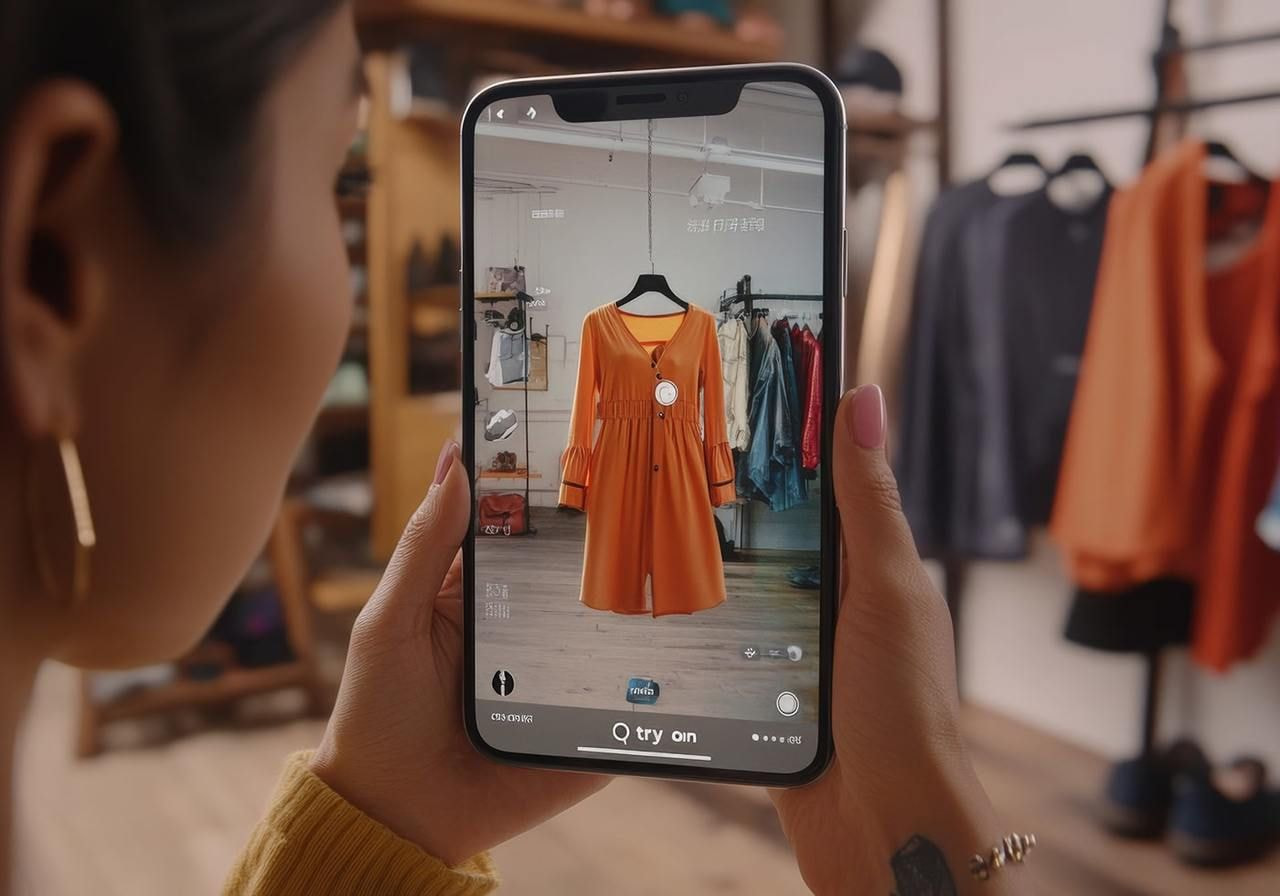
Augmented reality (AR) and AI-powered image recognition let shoppers try on outfits virtually. Through mobile apps or social media platforms, they can see how products fit their lifestyle before buying.
By using AI in fashion industry retail, virtual showrooms give customers the chance to browse, mix, and match items. For eCommerce sellers, this helps lower return rates, improve the customer experience, and build trust with audiences who are already comfortable shopping online.
Big names like Gucci and Farfetch use AR-powered try-ons in their apps, while DressX focuses on digital-only clothing for avatars and social media images. Smaller sellers can experiment with affordable tools like ARitize™ 3D by NexTech AR or Snapchat’s AR try-on lenses, which integrate with social media posts and increase engagement.
Another option is Botika, which creates fashion photos with AI-generated models, allowing apparel brands to present products on diverse, realistic models without expensive photo shoots.
AI for a sustainable fashion industry
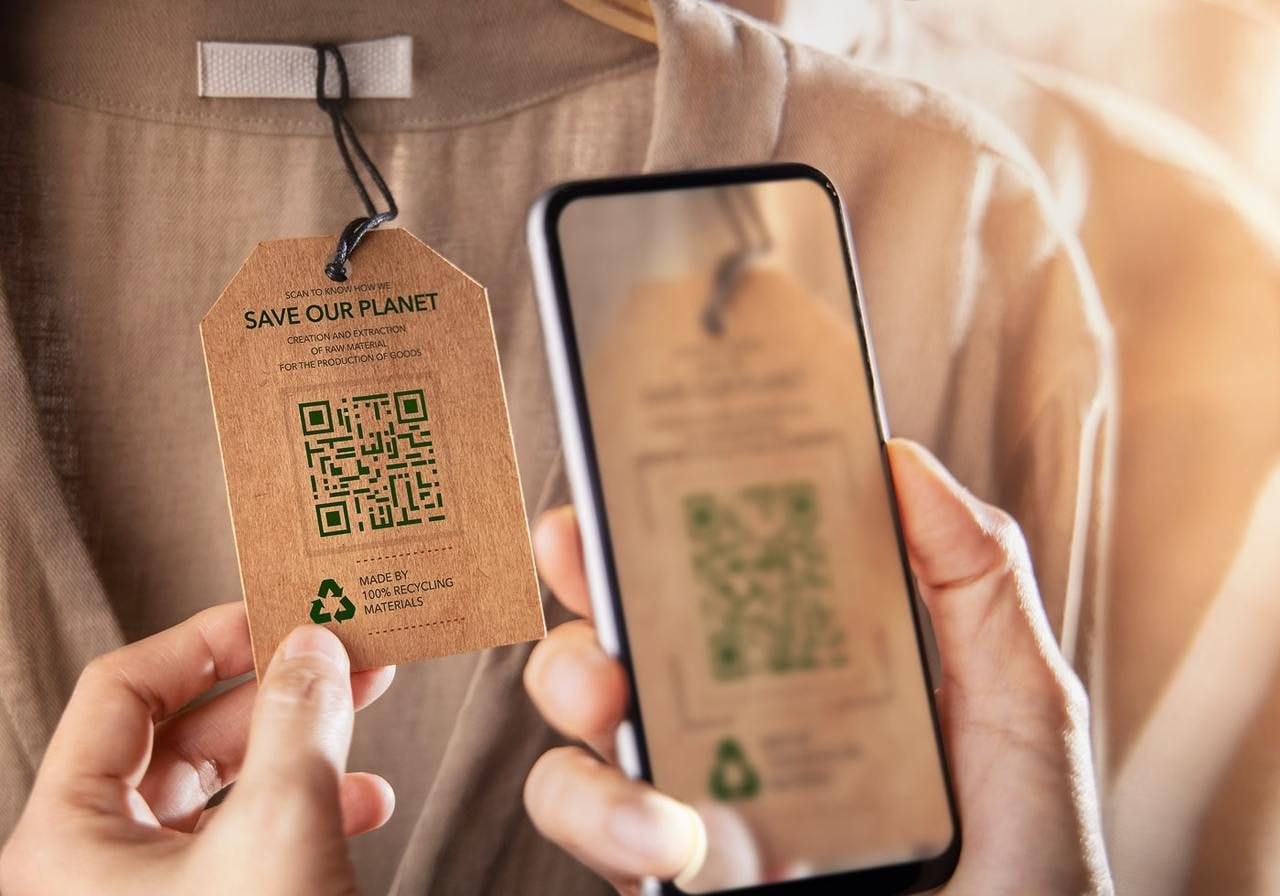
Sustainability is one of the biggest movements shaping fashion’s future. Artificial intelligence clothing innovations are helping brands cut waste, improve supply chain management, and prevent overproduction.
By blending market forecasting with historical data, AI algorithms make inventory management smarter. Brands can align production with real-time demand, which reduces unsold stock and wasted resources.
AI algorithms also improve sustainable pricing, quality control, and supply chain transparency, giving companies the tools to optimize production processes while moving closer to carbon neutrality. The result is a better balance between profitability and planet-friendly fashion.
Examples include H&M’s partnership with Google Cloud to optimize its supply chain and Stella McCartney’s work with Bolt Threads, where AI supports material innovation. Smaller sellers can join too – tools like CLO Virtual Fashion use AI simulations to cut down the number of physical prototypes needed, making production more sustainable from the start.
AI for small creators and POD brands
One of the most exciting AI trends in fashion is the combination of Print on Demand with AI tools. Small creators can use generative AI art to produce unique designs and instantly list them in online stores – without holding any inventory.
This setup lets creators predict fashion trends with AI-powered demand forecasting, while relying on POD platforms to handle fulfillment. For sellers looking to stand out with trend-driven products, AI in the fashion industry POD workflows make it possible to launch collections quickly and with less risk.
For instance, tools like Midjourney or Stable Diffusion can generate visuals, ChatGPT can help write product descriptions, and Canva’s AI design features create ready-to-use mockups. Once designs are finalized, they can be sold right away through platforms like Shopify or Etsy, powered by print-on-demand services.
Tip: Check our blog for more on AI tools for eCommerce.
RELATED POSTS
View all



